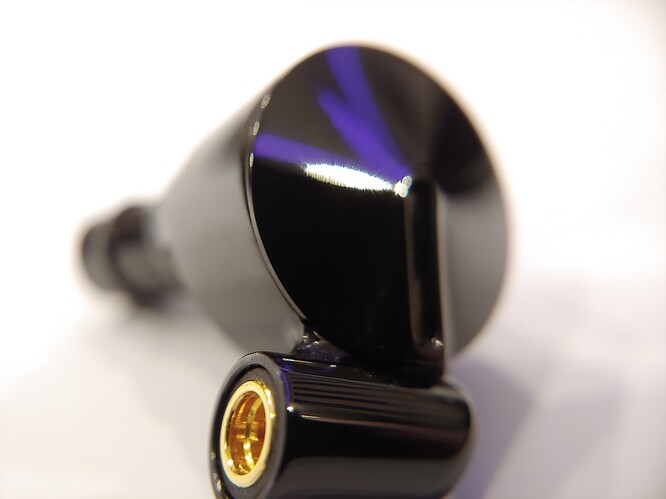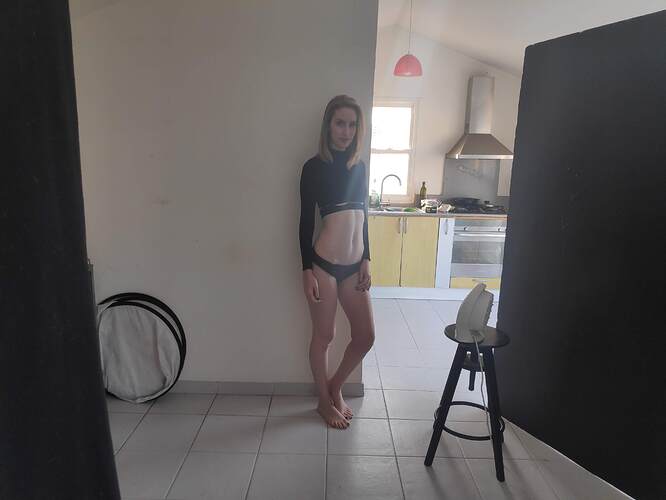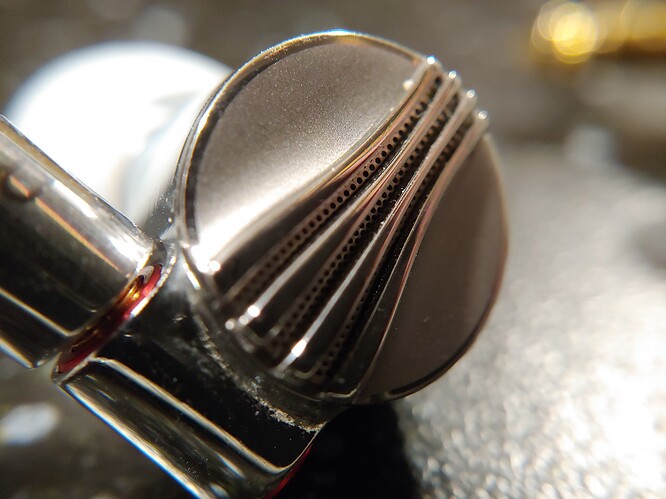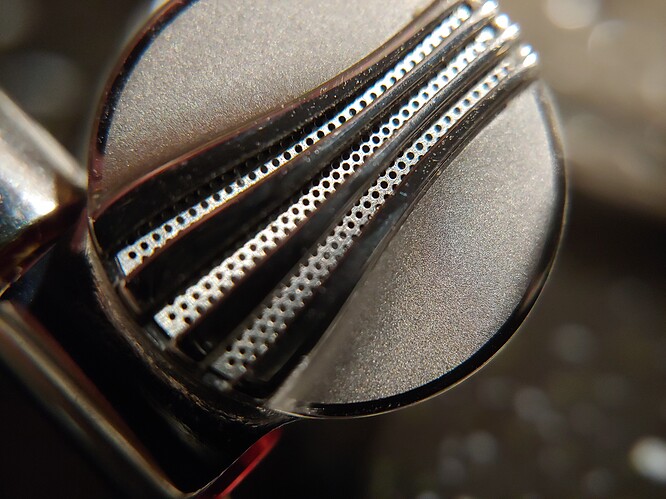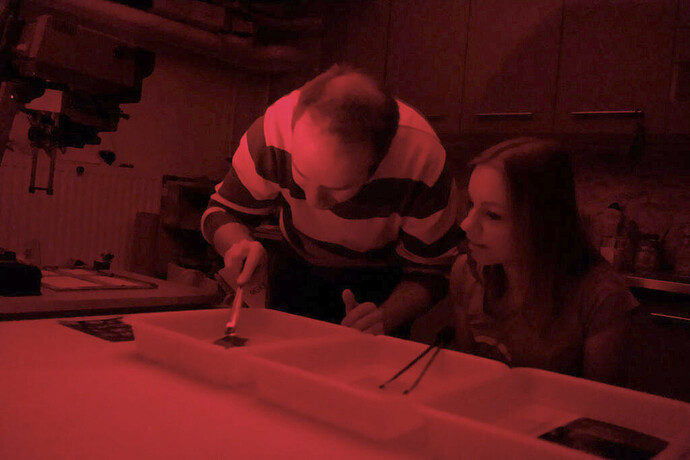NP and sure.
So ill break it down in a similar way
Lighting - I like the lighting, you can see the detail of the items the little holes and you have a nice rim light emphasizing the shape of the iem, here are some tips for next time.
- Rim light - you did great but the rim is slightly too strong, its so bright that the eye is drawn to it while you want most of the focus on other parts of the image
- “fill” - while the iem is over fairly well lit i think a lot of details in the right side of the center, are too dark ( the hole on the lefts look great but it looks too dark on the right), so a neat little trick is taking a small piece of paper or cardboard (White only!) and using it to reflect some of the light back into the iem, it makes a very tiny difference but it can add that little bit of light to the dark parts)
- Background - the overall tone/colors of the images is very “cold” and metallic, now for this IEM it works because of its build but other items like stuff made from resin or plastic might not work as well, so see if you can throw a bit of color with a light, similar to what @init did with the colors of the keyboard, again think of a color that works with iem
Angle - I like the angle you can see the whole iem, it’s a good use of the macro lens but the depth of field is slightly too narrow, meaning how much is actually in focus, i think its a little too blurred out, the stem and the back portion of the iem are still part of the iem and you don’t want it too blurred out, you still to need to make out the overall shape. now there are a number of ways to fix that
Reposition the iem / shoot from a different angle
now, this is less ideal in a lot of cases because it limits your creative ability, but you can google how the plain of focus works on a camera just to know what and how that works just to use when you want it.
Manual control
if you have a “Pro” mode in your phone you can adjust the aperture of the lens, that will give you more a deeper depth of field meaning more will be in focus. the aperture measured in F stops, the higher the number the more in focus you will have, but keep in mind that you will need more light. (there is a whole technical thing i wount get into here)
Take a step back
If you take a small step back and then crop the image the difference in depth of field will be noticeable, it has to do with a whole technical thing that i won’t get into but the short of it is: the closer you are to an object the less you have things in focus (its relative to the distance between you the object and the background)
Post: Focus stacking - not advised
Focus stacking is a trick that a lot of macro photographers use, basically you take several images at different points of focus, and merge them together. In this case - this would be the first shot then another would be where the focus is on the body of the iem and the last would be on the stem, and in photoshoot you can merge them together. Now this might sound ideal but its the most annoying and hard to pull off well.
Overall "feel"
Like i said the overall colors of the items and the light feel very cold and metallic which works here, but a different set of iems might feel a bit strile in a bad way to try adding other elements even a bit of the wire coil on the side or back, or even a plant or something that has the same “tone” as the iem

